Herbs are one of the most used plants in the kitchen, and everyone has their own favourite herb. Did you know that using herbs as companion plants not only look good in your garden, but also benefit your other plants as well. think of the luscious aromas of summer, thyme, lavender, basil, oregano, Marjory, sage… I could go on forever.
All of the herbs below will benefit your garden as well as your table. It’s time to get into the wonderful world of companion planting herbs.
What Is Companion Planting?
Companion planting is a system of growing plants together to promote healthy, vigorous, disease resistant plants that are also unburdened by insect infestation. By growing herbs together with vegetables you will save space, and improve the quality of your plants.
Some plants help others, and some plants are helped by others, knowing which to grow as companions will improve the way you garden. You don’t have to use all of the herbs listed below, but by understanding their uses and their dislikes will arm you in your fight against pests. Forewarned is forearmed as they say.
Companion Planting Herbs
Many herbs will assist you in the vegetable garden here are a few of my favourites.
Anise As Companion Plants
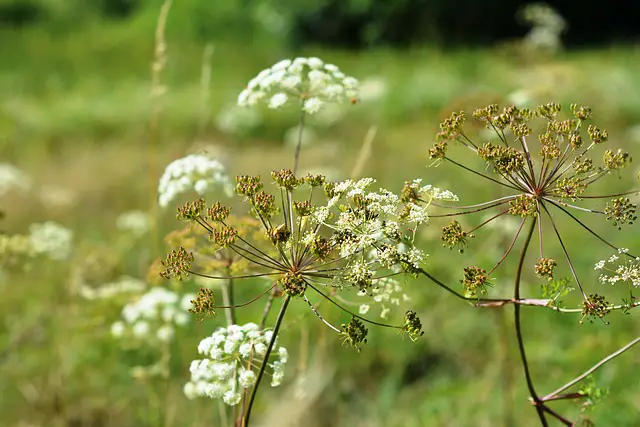
This herb tastes like liquorice and a good host for many predatory wasps which prey on aphids. It deters pests from brasssicas by hiding their aroma and improves the health of any plants grown close by. Bad companions include basil, carrots and rue.
Basil As Companion Plants
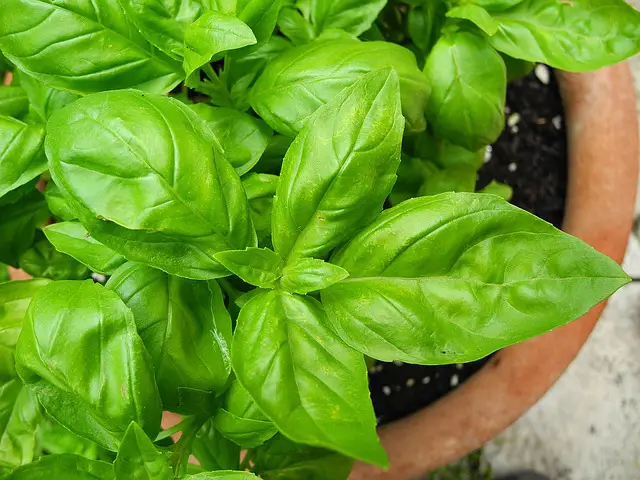
The best herb to mix with tomatoes as any chef will tell you is basil, but it is also the best herb to grow with tomatoes. Growing basil alongside tomatoes will improve the flavour of both plants. Basil also repels aphids, tomato moths, asparagus beetles, white flies and even mosquitoes.
If allowed to flower, basil attracts bees, butterflies, and hover flies. Basil makes a good companion plant to tomatoes, potatoes, aubergines, peppers, chillies, asparagus, cabbage, beans, marigolds, beet root and oregano. Keep basil away from cucumbers as they are not good companions and the cucumbers will not grow as they should.
Borage As Companion Plants

Strawberries actually taste better if borage is grown in companion with them. Other plants that benefit from companion planting with borage are, tomatoes, and squash but in general all plants will benefit from borage. It has deep roots and like comfrey taps into nutrients that other plants just can’t reach.
Sometimes called the bee plant, borage is a favourite of many pollinators, bees in particular. Grow borage under fruit trees to aid pollination and as it is a prolific seed producer, you will have a steady supply year after year. When the plant is spent, add to the compost heap for an extra dose of nutrients.
Caraway As Companion Plants
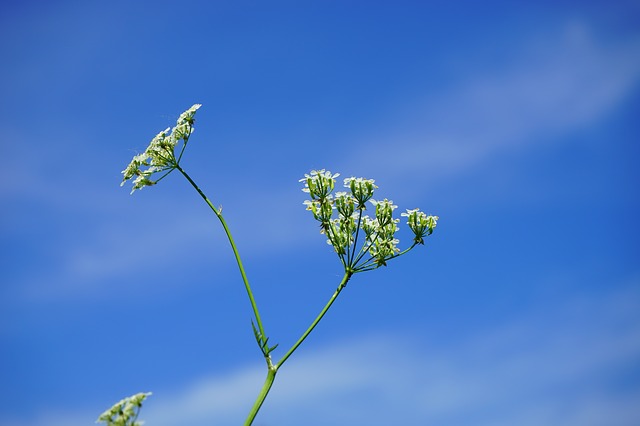
Due to it’s deep roots, caraway is good for loosening the soil and releasing deeply buried nutrients. Strawberries benefit from companion planting with caraway as do peas. Caraway flowers attract many beneficial insects including parasitic wasps.
Not compatible with either dill or fennel(although not much is compatible with fennel).
Chives As Companion Plants
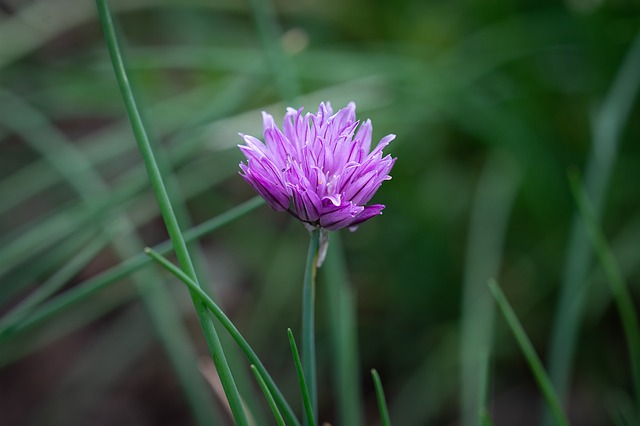
This member of the allium family is a good plant to repel carrot root fly, aphids, and Japanese beetle. Grow chives under fruit trees to keep aphids away, around apple trees in particular to keep Japanese beetles away. In the vegetable garden grow chives with carrots, tomatoes, aubergines, cabbage, broccoli, parsley, peppers, potatoes, grapes, strawberries, squash, and rhubarb.
Chamomile As Companion Plants
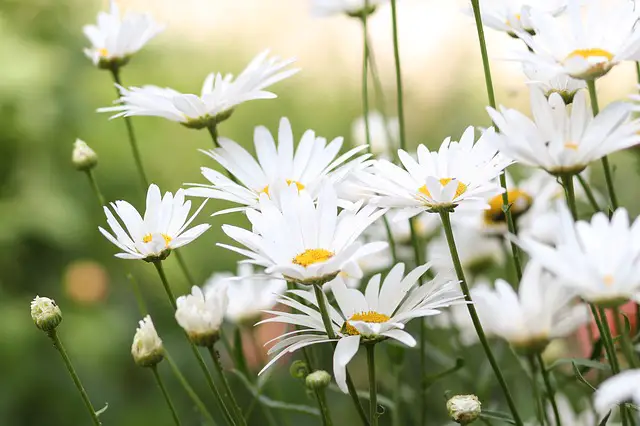
This strongly scented herb is a great companion for cabbages, cucumbers, and onions. It attracts hover flies and wasps and accumulates calcium, potassium, and sulphur from the soil. Known to increase the oil content of any herb, and improve the health of any plant grown with it.
Chervil As Companion Plants

Used to deter slugs and snails, chervil is a good companion for radishes, broccoli, and lettuces as it improves their growth and flavour. plant it thickly among the plants you want to protect. Chervil will tolerate shady conditions.
Comfrey As Companion Plants
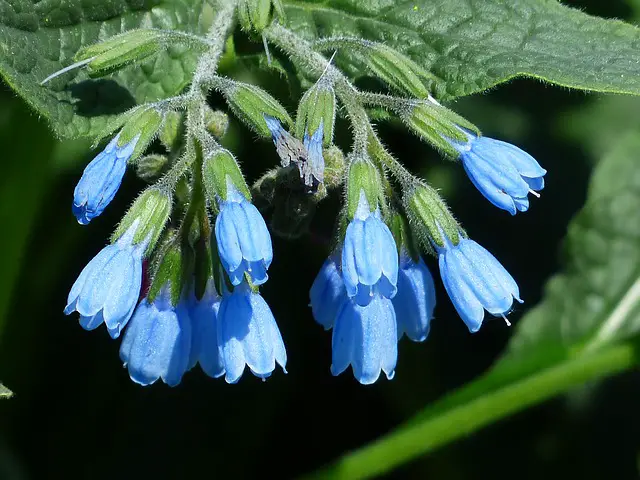
Known as a dynamic accumulator, comfrey can tap into nutrients that other plants can’t reach. This is because of it’s deep root system and makes comfrey a valuable tool in the organic garden. The flowers attract many pollinators including bees and hover flies but it also attracts slugs and snails due to the over hanging large leaves.
This can be countered though, by completely cutting back the foliage and using this to make the best organic plant feed for all plants that root, shoot, or fruit. The leaves can also be added to compost heaps where the nutrients are a welcome boost. Also wrap seed potatoes in a comfrey leaf when planting to prevent potato scab.
Comfrey improves soil conditions just by growing so incorporate it into your garden design if at all possible. If space is tight, grow comfrey under fruit trees but be warned once you grow comfrey, you will always have it. Due to its deep roots you will never be able to eradicate it completely but due to its many benefits this is a good problem to have.
Catnep As Companion Plants

This herb is an effective deterrent for flea beetles, ants, aphids, mice, and weevils. It has a strange but not unpleasant smell, and is very attractive to cats. This can be a problem especially if you attract birds to your garden.
Catnep or catnip as it is more commonly known is attractive to cats because the smell reminds them of the hormonal scent of cats of the opposite sex. They get drugged by it’s smell and will roll all over it.
Coriander As Companion Plants
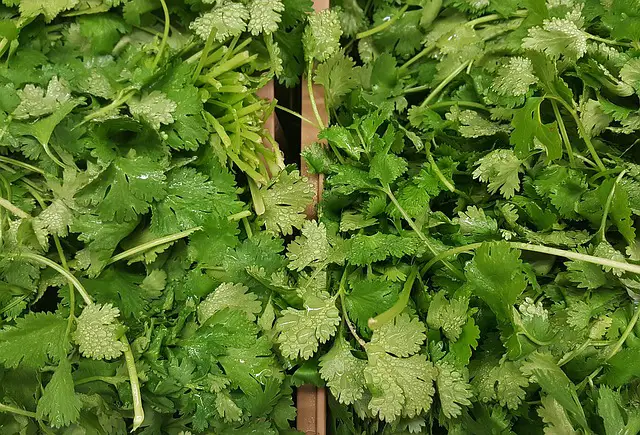
Grow coriander to repel aphids, potato beetle, and red spider mites. Coriander also attracts beneficial insects like parasitic wasps, hover flies, and parasitic flies. Plants that benefit from companion planting coriander include, asparagus, chervil, celery, potatoes, tomatoes, and squashes.
Dill As Companion Plants

A member of the carrot family, dill is known to repel aphids, red spider mites, squash beetles and cabbage butterflies. It attracts bees, butterflies, and parasitic wasps to your garden. Grow dill in companion with asparagus, chervil, sweet corn, brassicas, cucumbers, lettuce, beans and onions.
Fennel As Companion Plants
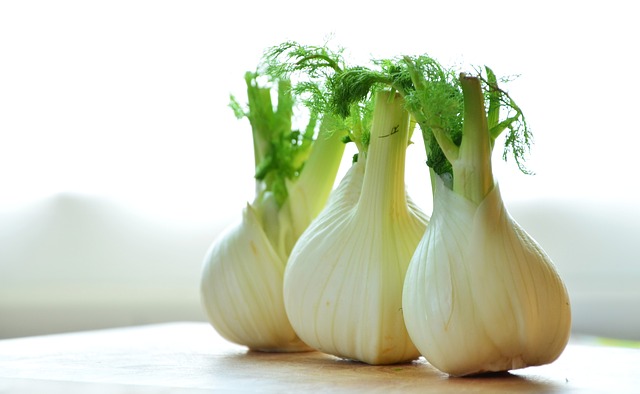
Nothing should be grown with fennel as it is an allelopathic plant, and stops any nearby plants from growing. That said, fennel attracts many beneficial insects including, hover flies, parasitic wasps, parasitic flies, ladybirds and others to your garden. Fennel also is repellent to aphids so try growing a few fennel plants in pots around your garden.
Horehound As Companion Plants

Grow horehound in companion with tomatoes, peppers and chillies to improve the number of fruits. It attracts parasitic flies and wasps to your garden. Only feed horehound after flowering, otherwise the lush growth produced is too soft.
If it is too wet and cold in winter, horehound can rot and die. Can be propagated by seed, soft wood cutting or root division.
Hyssop As Companion Plants
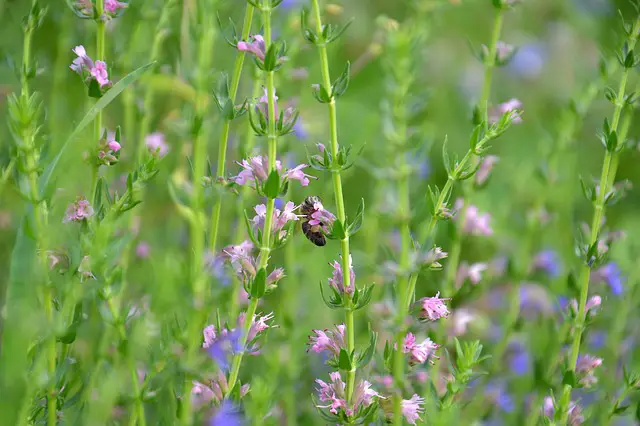
Grow hyssop to repel cabbage white butterflies, cabbage moths, and slugs. It attracts bees and other pollinating insects to your garden. Plant hyssop in companion with brassicas and grapes, it is said that hyssop stimulates grapes growth and of course helps with pollination.
Keep radishes away from hyssop as they don’t get on at all.
Lemon Balm As Companion Plants
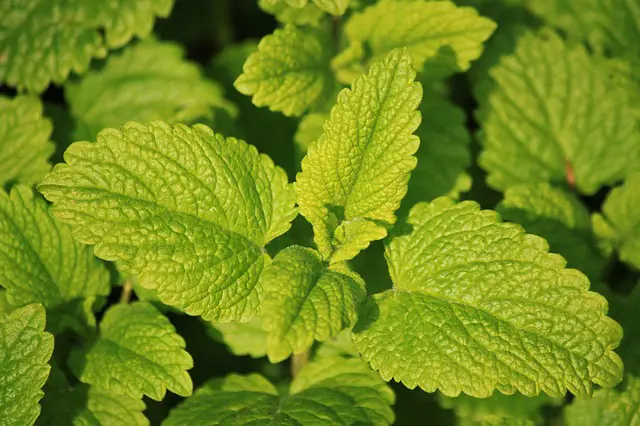
Lemon balm was traditionally used as an orchard plant because it attracts many good pollinators. It also has a strong citronella aroma that many pests find repellent. Prefers not too cold winters, and protect plants if temperatures drop to below -5c (23 F).
Keep plants trimmed around the edges to restrict growth and if you don’t want it taking over your garden, it is best grown in a container.
Lovage As Companion Plants
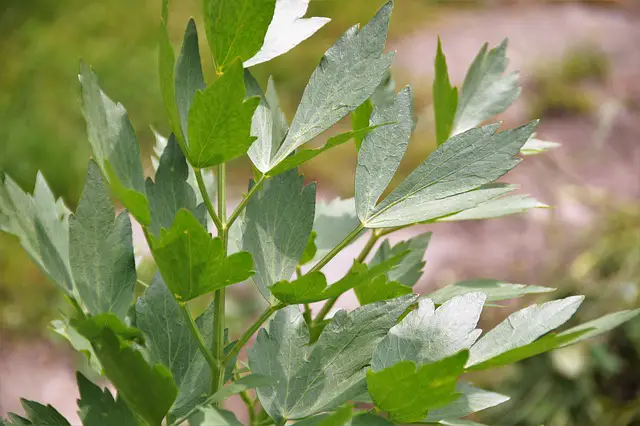
This herb has a similar flavour to celery and improves the health and flavour of most other plants. It is a good habitat for ground dwelling beetles that predate on slugs and other unwanted pests.
A worth while addition to the vegetable garden, anything that helps to get rid of slugs is welcome as far as I’m concerned.
Mint As Companion Plants
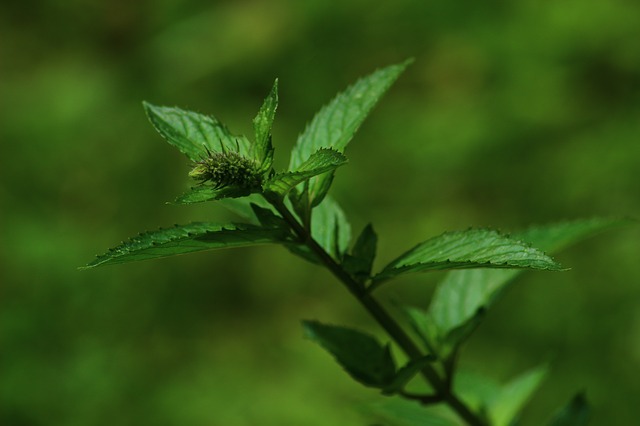
This highly aromatic herb is available in many varieties and should be grown in a container as it will over run your entire garden if given a free rein. Mint repels ants, aphids including mealy aphids, earwigs, slugs, snails, red spider mites and rodents. Growing mint near tomatoes, cabbages, and peas will improve their flavour and their health.
Other plants that benefit from companion planting with mint include, brassicas, beet root, peppers, chillies, aubergines, lettuce and squash.
Parsley As Companion Plants

Both flat and curly parsley share the same properties and will both attract swallowtail butterflies to your garden. Hover flies and bees are attracted to the parsley flowers and parsley repels many types of beetles.
Plants that benefit from companion planting with parsley include, asparagus, chives, chillies, onions, peppers, peas, sweet corn, tomatoes, and roses.
Rosemary As Companion Plants
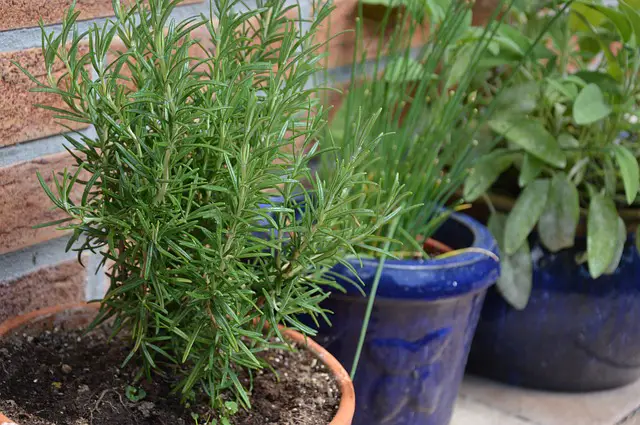
This aromatic herb repels carrot fly, cabbage root fly, cabbage moth, and bean beetles.
Plants that benefit from companion planting with rosemary include, beans, broccoli, cabbage, carrots, peppers, sage, and chillies. Keep rosemary separate from your vegetable plants as they require different watering levels so maybe grow in pots or borders.
Rue As Companion Plants
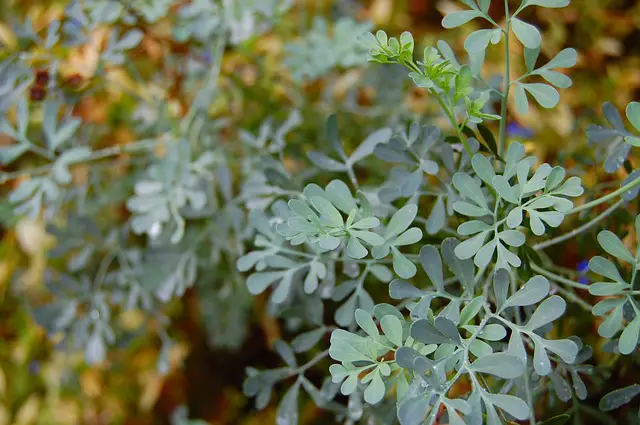
This pretty perennial herb is an effective deterrent for aphids, onion maggots, slugs, snails, beetles, flies, and flea beetles. Rue is a good companion for roses, figs raspberries, onions and lavender. Don’t plant rue near basil, sage, cabbage, or cucumbers.
Take care when handling rue as it can cause severe allergic reactions. To minimise this risk, never handle when wet, always allow the leaves to dry out or is in the shade as both water and strong sunlight heightens the effects.
Lavender As Companion Plants

Another wonderfully aromatic herb, lavender comes in many varieties and attracts many pollinators including, bees butterflies and hover flies. Lavender repels moths including codling moths, mice, ticks and fleas. grow lavender in companion with cabbages, cauliflower, rue, thyme, rosemary, and sage.
Grow lavender under fruit trees to deter codling moths and to attract bees and butterflies.
Oregano As Companion Plants
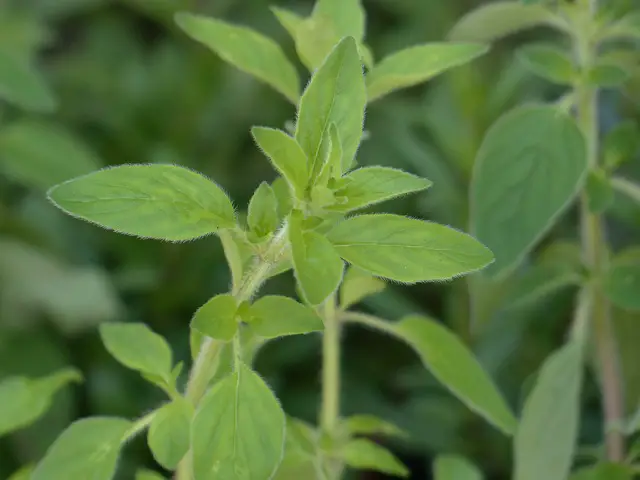
This plant causes no problems for any other plants and benefits all close neighbours. Especially good for cabbages, cauliflowers, broccoli, grapes and cucumbers. It deters squash beetles, cucumber beetles, cabbage white butterfly, and cabbage moths.
Marjoram As Companion Plants
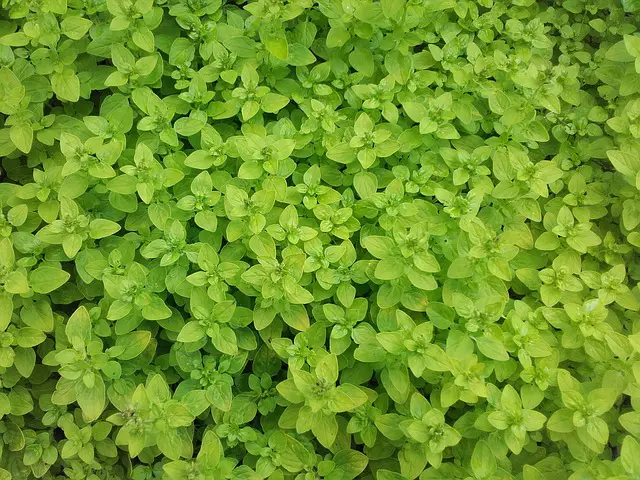
All that has been said about oregano is true of marjoram. These two plants are close relatives and are both very beneficial in the vegetable garden.
With both marjoram and oregano cut back after flowering and they will also benefit from a liquid feed.
Sage As Companion Plants
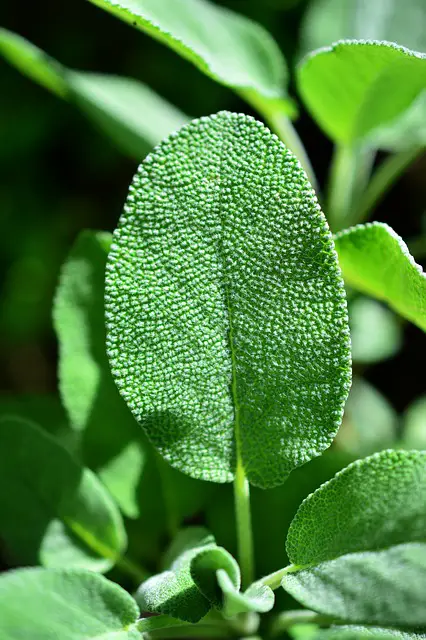
Use sage in companion with broccoli, cauliflower, cabbage, rosemary, and carrots. Sage deters cabbage moths, flea beetles and carrot fly and if left to flower will attract many beneficial insects like bees and butterflies to your garden.
Keep sage away from cucumbers, onions, or rue. A member of the mint family, sage originates in the Mediterranean and is a perennial, evergreen shrub.
To keep the plant bushy, give it a prune in the Spring to encourage new shoots to grow. It can also be pruned after flowering in late summer. Due to its woody nature sage plants should be replaced every 5 years. Never prune in the Autumn as this can kill the plant.
Savory As Companion Plants
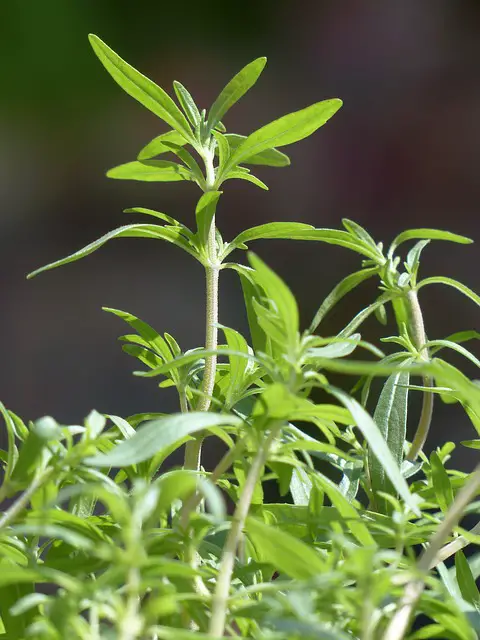
Both Summer and Winter savory are great companion plants as they mask the scent of other plants making them hard for insects to find. Bees are attracted to the small pale, purple flowers and historically these plants were grown by beehives.
Winter savory is a perennial plant and has a more bitter flavour than Summer savory. The Summer savory is an annual and will need to be resown every Spring for a continuous supply.
If you have a cold, wet garden it is best to grow savory in pots.
Thyme As Companion Plants
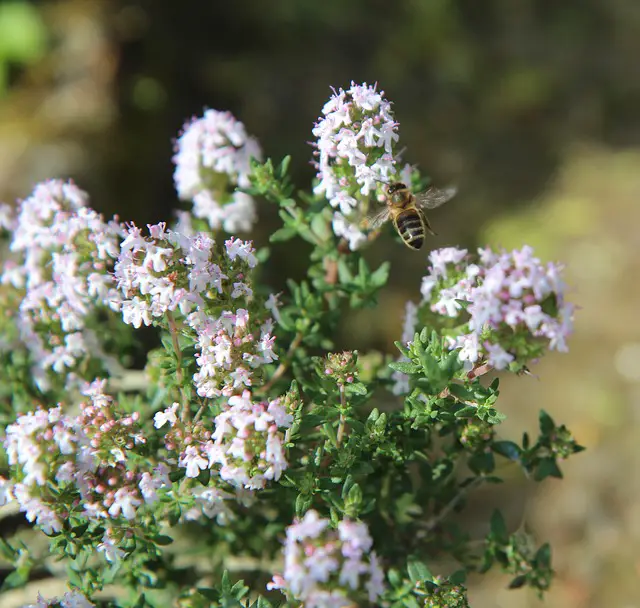
This Mediterranean herb is another kitchen favourite and is widely grown for its culinary uses. Thyme attracts pollinating insects especially bees and thyme honey is particularly flavoursome. Repellent to cabbage white butterflies, tomato moths, sweet corn moths, and flea beetles and attractive to many beneficial predators.
Grow thyme in companion with cabbages, potatoes, strawberries, aubergines, tomatoes, peppers, chillies, and sweet corn. Remember that thyme needs different rates of water to many vegetables so it’s another one to keep in pots or borders.
Tansy As Companion Plants

A tall growing herb with small yellow flowers, tansy helps to draw potassium up through the soil and so makes a good addition to the compost heap. Tansy is known to repel Japanese beetles, cucumber beetles, ants, moths, mice, fleas, and squash beetles. Plants that benefit from growing with tansy include, Potatoes, fruit trees, fruit bushes, cucumbers, squashes, beans, roses, peppers, chillies, and grape vines.
Hanging a bunch of dried tansy by your door will repel flies but be warned that tansy is poisonous.
Tansy needs to be positioned carefully as the roots spread widely. A hardy plant, tansy is barely affected by any pests or diseases.
Tarragon As Companion Plants
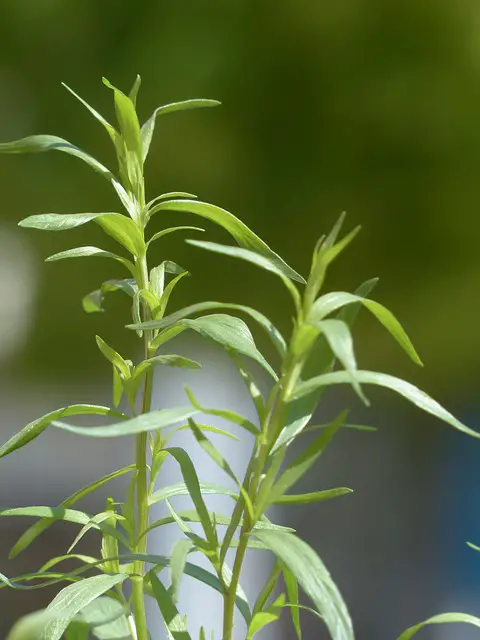
Grow French tarragon(Artemisia Dracunculus)instead of Russian tarragon as the Russian has no flavour. Growing tarragon as a companion plant is said to improve the health and flavour of all other plants. Tarragon also repels many pests from the garden, grow as much as space will allow for better all round health of your vegetables.
This herb spreads by root division and will grow into a large clump if allowed. Tarragon is related to the sunflower family and grows to a maximum height of 5 foot(152 cms).
Yarrow As Companion Plants
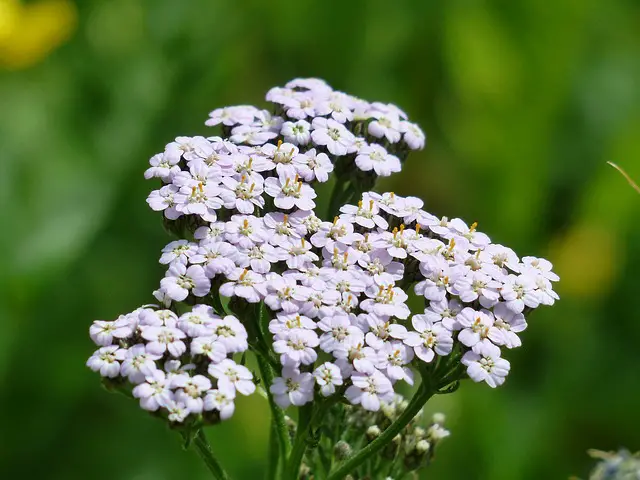
When planted close to other herbs, yarrow increases their oil content and it improves the health of all plants grown near by. It attracts predatory wasps, ladybirds and many other beneficial insects. Yarrow also repels ticks and mosquitoes.
It accumulates copper from the soil and makes a great natural fertiliser. When yarrow is added to the compost heap it makes a good activator.

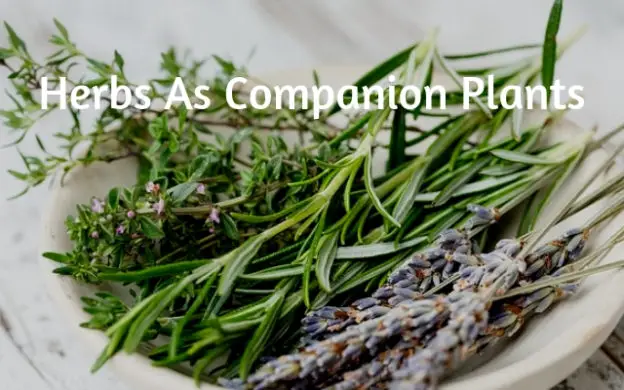
Thank you for all your work in gathering and sharing this information. I’ve been searching for this information. Your article is the most informative I’ve found.
Hi Mary,
Thank you for your kind words, I’m glad this article was useful for you.
All the best
Steve